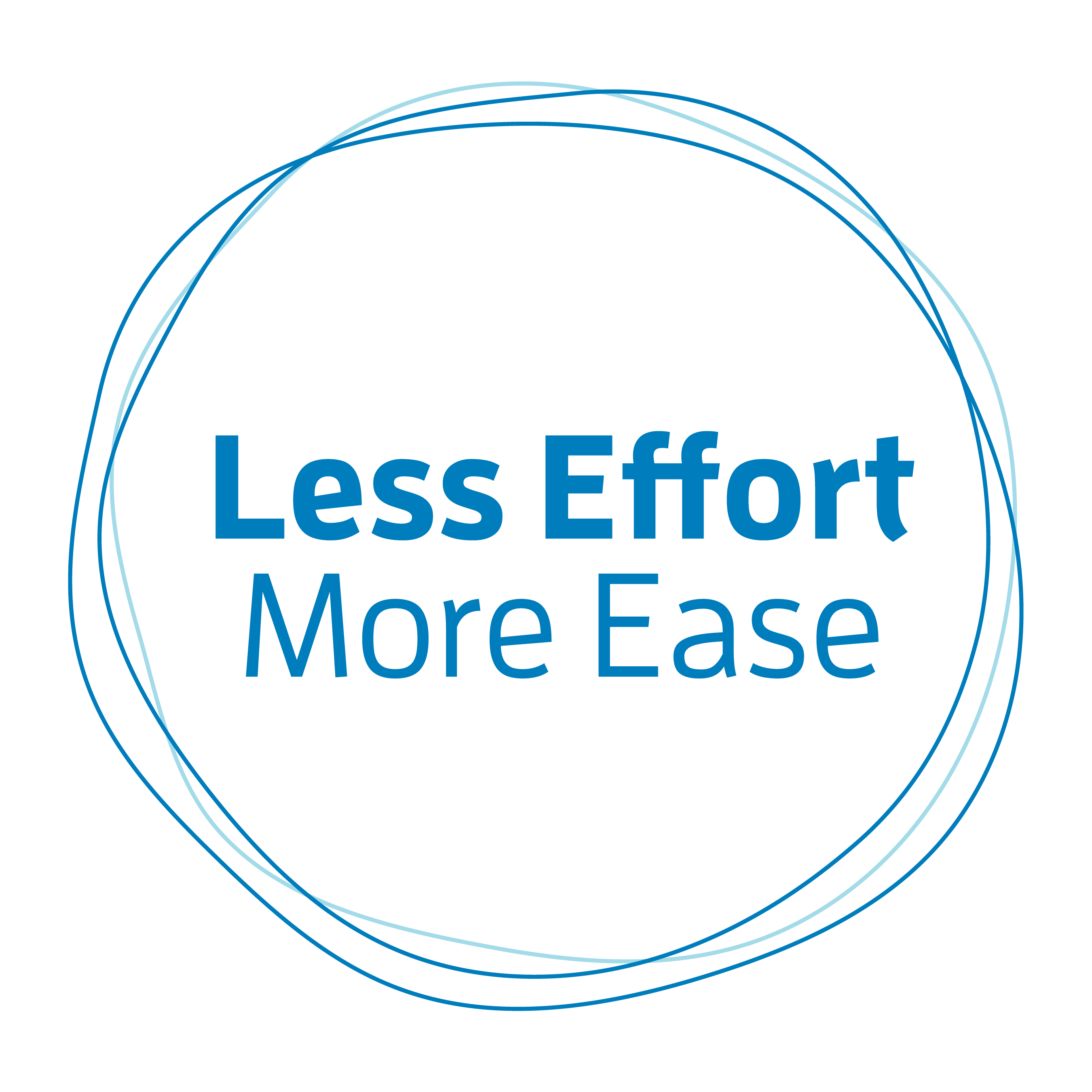I frequently get asked for advice about chairs and in more recent years about desks—and in particular about the more recently popular standing desks.
For most of us, we spend a lot of time using these two pieces of furniture and they can certainly exert a profound influence on our posture over time if we are not paying attention.
Sitting disease is a term that has been coined in recent years to refer to the fact that our overly sedentary lifestyle may be linked to a myriad of our health issues—from back pain and heart disease, to type 2 diabetes, and even certain types of cancer.
So, if sitting is the new smoking then by all means we must stand at work!
Right?
Well, maybe.
What Are You Standing On?
The biggest problem I have found with students who have gone to fixed standing desks is that they do not realize that they need to consider what they are standing on. Many work in offices where the floor is concrete and covered with a thin carpet. This is very hard on your body over time.
Next time you go to the pharmacy or your hairdresser or a café where you can get a good look into the kitchen, notice what the people working there are standing on. You will see mats on the floor. These are anti-fatigue mats, designed to provide support for your feet and relieve pressure on your heels, back, legs, and shoulders if you are standing all day.
If you choose to stand at a desk all day make sure you are standing on something that is supportive, such as an anti-fatigue mat.
Adjustable Height Desks vs Fixed Standing Desks
The problem with a fixed standing desk is that we are designed to move and we function best if we are moving. Standing can all too easily become a fixed position that we lock into. And that becomes a problem.
Of my students who have gone to standing desks the ones who seem to like them the most are the ones who have easily adjustable height desks as opposed to fixed height ones. When I ask why they say it is because they can change their work positions throughout the day. And their body likes that!
I have had an adjustable height desk for about seven years and I would wholeheartedly agree that the best thing about it is not that I can stand to work at the computer, but that I can adjust it to a wide variety of heights. I can stand, I can sit in a regular height chair, I can perch on a really high stool. Heck, I can sit and bounce on a big inflatable ball if I want.
But I don’t do any of these things all day.
My desk is equipped with motorized legs and changes height at the push of a button so adjusting it is easy. Because adjusting it is easy I take advantage of the adjustability.
I had considered getting a desk that didn’t have motorized legs because it was cheaper. Adjusting it involved taking pins out and raising or lowering the surface and putting pins back in. After some thought, I realized that I would not take advantage of the adjustability if it was that complicated. I have a student who has such a desk and after about a month of fumbling around adjusting it, he found that he just left it in one position. So, the whole point of having an adjustable-height desk was lost.
Since I bought my desk, the cost has come down. And nowadays there are easily adjustable desks that can sit on top of a regular desk. I have seen them with spring-adjusted lift mechanisms that allow you to grab the desk and lift or lower it in just seconds. This allows you to simply convert a standard desk into an adjustable desk.
The Best Position is the Next Position
“The best position is the next position” is a favorite answer of ergonomists when asked about how one should sit correctly. I agree. We are made for movement.
So, if you are going to invest in a standing desk, my advice is:
- Don’t invest in a fixed standing desk
- Instead, invest in an adjustable-height desk
- And invest in a desk that is easily adjustable so that you will take advantage of its adjustability
That way you are more likely to move throughout your workday instead of just standing up to work. Your body and your posture will thank you for it.
For more information on desks, read my post addressing flat work surfaces.
Image by TeroVesalainen from Pixabay




